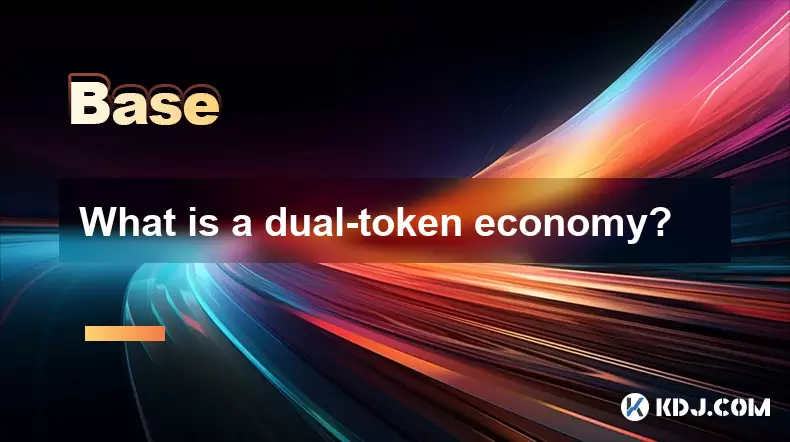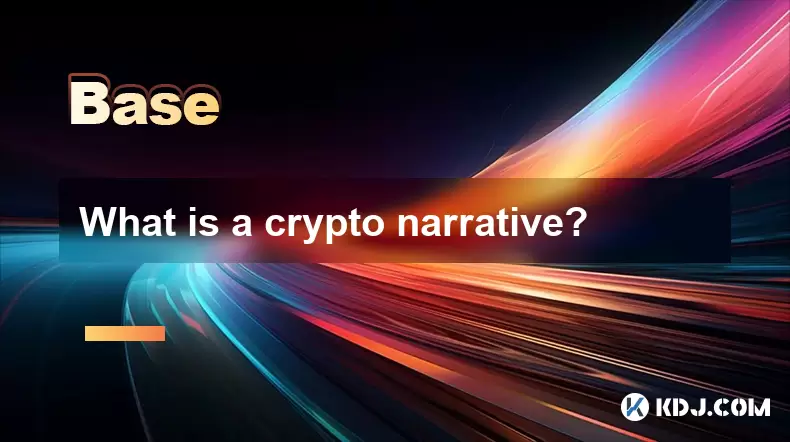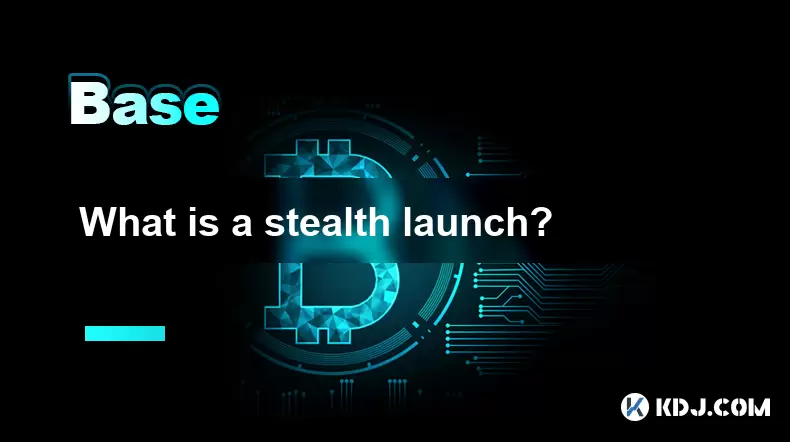-
 Bitcoin
Bitcoin $108,010.6153
-0.99% -
 Ethereum
Ethereum $2,535.1451
-1.14% -
 Tether USDt
Tether USDt $1.0002
-0.01% -
 XRP
XRP $2.2599
-0.33% -
 BNB
BNB $660.3442
-0.18% -
 Solana
Solana $149.0762
-1.43% -
 USDC
USDC $0.9999
0.00% -
 TRON
TRON $0.2866
-0.41% -
 Dogecoin
Dogecoin $0.1669
-2.73% -
 Cardano
Cardano $0.5765
-1.53% -
 Hyperliquid
Hyperliquid $38.5005
-2.98% -
 Bitcoin Cash
Bitcoin Cash $496.7709
-0.04% -
 Sui
Sui $2.8522
-2.12% -
 Chainlink
Chainlink $13.2812
-1.50% -
 UNUS SED LEO
UNUS SED LEO $9.0486
0.17% -
 Stellar
Stellar $0.2466
-2.57% -
 Avalanche
Avalanche $17.8271
-2.84% -
 Shiba Inu
Shiba Inu $0.0...01158
-1.66% -
 Toncoin
Toncoin $2.7359
-4.01% -
 Hedera
Hedera $0.1563
-1.78% -
 Litecoin
Litecoin $85.8096
-1.80% -
 Monero
Monero $313.7645
-2.86% -
 Dai
Dai $1.0002
0.02% -
 Polkadot
Polkadot $3.3494
-1.35% -
 Ethena USDe
Ethena USDe $1.0003
0.03% -
 Bitget Token
Bitget Token $4.2980
-3.40% -
 Uniswap
Uniswap $7.3906
-0.28% -
 Aave
Aave $280.1449
-2.34% -
 Pepe
Pepe $0.0...09833
-2.41% -
 Pi
Pi $0.4546
-2.21%
What is a dual-token economy?
A dual-token economy uses separate utility and governance tokens to enhance platform functionality, user engagement, and regulatory clarity.
Jul 08, 2025 at 04:57 am

Understanding the Dual-Token Economy Model
In the world of blockchain and cryptocurrency, various economic models have been developed to manage utility, governance, and value distribution. One such model that has gained significant attention is the dual-token economy. This system involves the use of two distinct types of tokens within a single ecosystem—each serving a unique function.
A dual-token economy typically consists of a utility token and a governance or security token. The utility token is primarily used for accessing services, paying transaction fees, or unlocking specific features on the platform. On the other hand, the governance token allows holders to participate in decision-making processes such as protocol upgrades, fund allocation, or changes in network parameters.
This separation of functions enables better scalability, clearer incentive structures, and more transparent governance mechanisms. Projects adopting this model often aim to enhance user engagement while maintaining regulatory compliance by distinguishing between utility and investment components.
How Do Utility Tokens Function?
The utility token plays a central role in enabling users to interact with the blockchain platform’s services. These tokens are not designed as investments but rather as instruments of access. For example, a decentralized storage platform might require users to pay fees using its native utility token when uploading files or retrieving data.
- Users may stake utility tokens to gain higher bandwidth or faster processing times.
- Some platforms allow burning utility tokens to reduce supply and potentially increase value.
- Utility tokens can also be used to reward participants who contribute resources like computing power or storage space.
These tokens usually operate on smart contracts and are often built on established blockchains like Ethereum (ERC-20) or Binance Smart Chain (BEP-20). Their value is driven by demand within the ecosystem, making them sensitive to usage patterns and network activity.
The Role of Governance Tokens
Governance tokens empower holders with voting rights and influence over the future development of the project. Unlike utility tokens, they often resemble equity in traditional finance, though their legal status varies depending on jurisdiction.
- Token holders can vote on proposals related to protocol upgrades, treasury allocations, or partnership decisions.
- Voting weight is typically proportional to the number of governance tokens held.
- Some systems implement delegation mechanisms, allowing token holders to assign their voting rights to others.
Projects issue governance tokens to decentralize control and align incentives among stakeholders. By distributing decision-making power across the community, these tokens help prevent centralized manipulation and promote transparency.
It's important to note that governance tokens do not always guarantee financial returns. Their primary purpose is to facilitate democratic participation in the ecosystem’s evolution.
Advantages of a Dual-Token Economy
Implementing a dual-token model offers several benefits for both users and developers:
- Regulatory Clarity: Separating utility from governance helps projects avoid classification as securities, which could trigger stricter regulations.
- Scalability and Flexibility: Each token type can be optimized independently for performance, security, and usability.
- Enhanced User Engagement: Governance participation fosters a sense of ownership and long-term commitment among users.
- Market Stability: By isolating speculative elements from functional usage, price volatility can be mitigated for utility tokens.
Many successful decentralized finance (DeFi) protocols and Web3 platforms have adopted this structure to create sustainable ecosystems where users are both service consumers and active contributors.
Challenges and Risks Involved
Despite its advantages, the dual-token economy presents certain challenges:
- Complexity: Managing two tokenomics models requires careful design to prevent imbalances or inefficiencies.
- Centralization Risks: If a small group controls a majority of governance tokens, it can undermine democratic processes.
- Token Misuse: Improper handling of utility or governance roles may lead to misuse, manipulation, or regulatory scrutiny.
- Liquidity Concerns: Maintaining sufficient liquidity for both tokens is crucial for market health and user accessibility.
Developers must ensure transparency in token distribution, establish fair governance rules, and continuously monitor the impact of each token on the ecosystem’s stability.
Real-World Examples of Dual-Token Systems
Several prominent blockchain projects have successfully implemented dual-token economies:
- MakerDAO: Uses MKR as a governance token and DAI as a stablecoin (a form of utility token pegged to USD).
- Compound Finance: Features COMP for governance and cTokens for representing user deposits and interest accrual.
- Decentraland: Utilizes MANA for purchasing virtual land and goods, while LAND represents ownership rights and governance capabilities.
Each of these examples demonstrates how separating utility and governance can support complex decentralized applications while promoting community-driven development.
Frequently Asked Questions (FAQ)
What happens if a governance token holder disagrees with a proposal?
If a governance token holder disagrees with a proposal, they can choose to vote against it or abstain. In some cases, they may also propose alternative solutions or amendments to existing proposals.
Can utility tokens appreciate in value like governance tokens?
Yes, utility tokens can appreciate based on demand, scarcity, and usage within the ecosystem. However, their valuation tends to be more closely tied to platform activity rather than speculative investment.
Are there any tax implications for holding both utility and governance tokens?
Tax treatment varies by jurisdiction. Generally, utility tokens may be considered as assets or currency, while governance tokens might be classified differently depending on their characteristics and use cases.
Is it possible for a project to transition from a single-token to a dual-token economy?
Yes, many projects evolve their tokenomics over time. Transitioning involves restructuring the token supply, defining new roles, and ensuring smooth migration for existing holders without disrupting the ecosystem.
Disclaimer:info@kdj.com
The information provided is not trading advice. kdj.com does not assume any responsibility for any investments made based on the information provided in this article. Cryptocurrencies are highly volatile and it is highly recommended that you invest with caution after thorough research!
If you believe that the content used on this website infringes your copyright, please contact us immediately (info@kdj.com) and we will delete it promptly.
- Ethereum, Exchanges, and Price Resilience: Navigating the Crypto Landscape
- 2025-07-08 08:30:13
- Bitcoin's NVT Golden Cross: Is a Local Top Brewing?
- 2025-07-08 09:10:11
- Semler Scientific's Bitcoin Bonanza: A Cryptocurrency Goal?
- 2025-07-08 09:10:11
- From Coin Flips to Cityscapes: How Names, Parks, and Planting Shaped St. Albert
- 2025-07-08 08:50:12
- Candles, Laundromats, and Inspiration: A Surprising New York Story
- 2025-07-08 09:15:11
- Iron Maiden Rocks the Royal Mint: A 50th Anniversary Coin That Kicks Ass
- 2025-07-08 09:15:11
Related knowledge

What is a user-generated content (UGC) NFT platform?
Jul 04,2025 at 01:49pm
Understanding the Concept of a UGC NFT PlatformA user-generated content (UGC) NFT platform is a digital marketplace or ecosystem where users can create, mint, and trade non-fungible tokens (NFTs) that represent ownership of original digital content they produce. Unlike traditional NFT platforms where creators often include professional artists or develo...

What is composability in DeFi?
Jul 06,2025 at 04:07pm
Understanding the Concept of Composability in DeFiComposability in DeFi refers to the ability of decentralized finance protocols and smart contracts to interact seamlessly with one another, much like building blocks that can be combined in various ways to create new financial products and services. This concept is a core innovation within the DeFi ecosy...

What is a "crypto primitive"?
Jul 05,2025 at 10:14pm
Defining the Concept of a Crypto PrimitiveIn the context of blockchain and cryptocurrency, a crypto primitive refers to a fundamental building block or foundational element used in constructing decentralized systems and cryptographic protocols. These primitives are essential for enabling secure transactions, consensus mechanisms, and smart contract exec...

What is a crypto narrative?
Jul 07,2025 at 10:56pm
Defining the Concept of a Crypto NarrativeA crypto narrative refers to the overarching story or theme that drives interest, investment, and development within a particular segment of the cryptocurrency market. Unlike traditional financial assets, cryptocurrencies often gain momentum not solely based on technical merits but through compelling narratives ...

What is a stealth launch?
Jul 08,2025 at 06:42am
What Exactly Defines a Stealth Launch in Cryptocurrency?A stealth launch refers to the practice of launching a cryptocurrency project without prior public announcement or marketing efforts. This method is often used by development teams who prefer to keep their project under wraps until it reaches a certain level of maturity, adoption, or liquidity. Unl...

What is a fair launch?
Jul 05,2025 at 07:31pm
Understanding the Concept of a Fair LaunchA fair launch refers to the release of a cryptocurrency or blockchain project in a manner that ensures equal opportunity for all participants. Unlike traditional token launches, which may involve private sales, venture capital funding, or pre-mining, a fair launch emphasizes transparency and decentralization. In...

What is a user-generated content (UGC) NFT platform?
Jul 04,2025 at 01:49pm
Understanding the Concept of a UGC NFT PlatformA user-generated content (UGC) NFT platform is a digital marketplace or ecosystem where users can create, mint, and trade non-fungible tokens (NFTs) that represent ownership of original digital content they produce. Unlike traditional NFT platforms where creators often include professional artists or develo...

What is composability in DeFi?
Jul 06,2025 at 04:07pm
Understanding the Concept of Composability in DeFiComposability in DeFi refers to the ability of decentralized finance protocols and smart contracts to interact seamlessly with one another, much like building blocks that can be combined in various ways to create new financial products and services. This concept is a core innovation within the DeFi ecosy...

What is a "crypto primitive"?
Jul 05,2025 at 10:14pm
Defining the Concept of a Crypto PrimitiveIn the context of blockchain and cryptocurrency, a crypto primitive refers to a fundamental building block or foundational element used in constructing decentralized systems and cryptographic protocols. These primitives are essential for enabling secure transactions, consensus mechanisms, and smart contract exec...

What is a crypto narrative?
Jul 07,2025 at 10:56pm
Defining the Concept of a Crypto NarrativeA crypto narrative refers to the overarching story or theme that drives interest, investment, and development within a particular segment of the cryptocurrency market. Unlike traditional financial assets, cryptocurrencies often gain momentum not solely based on technical merits but through compelling narratives ...

What is a stealth launch?
Jul 08,2025 at 06:42am
What Exactly Defines a Stealth Launch in Cryptocurrency?A stealth launch refers to the practice of launching a cryptocurrency project without prior public announcement or marketing efforts. This method is often used by development teams who prefer to keep their project under wraps until it reaches a certain level of maturity, adoption, or liquidity. Unl...

What is a fair launch?
Jul 05,2025 at 07:31pm
Understanding the Concept of a Fair LaunchA fair launch refers to the release of a cryptocurrency or blockchain project in a manner that ensures equal opportunity for all participants. Unlike traditional token launches, which may involve private sales, venture capital funding, or pre-mining, a fair launch emphasizes transparency and decentralization. In...
See all articles

























































































